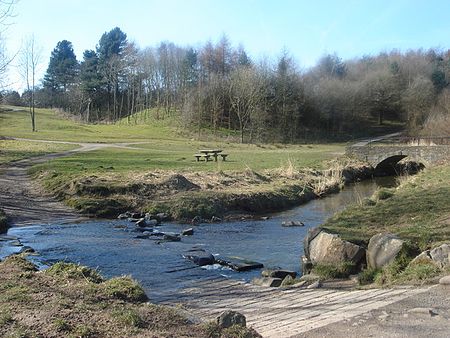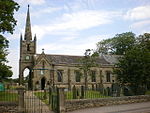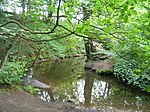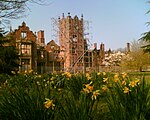River Lostock

The River Lostock is a river in Lancashire, England. The source of the Lostock is at the confluence of Slack Brook and Whave's Brook at the entrance to Miller Wood near Withnell Fold. Slack Brook drains an area around Brindle, having its source close to Thorpe Green just outside the village, whereas Whave's Brook rises near Brimmicroft and runs southwards, almost parallel to the Leeds and Liverpool Canal by Ollerton Fold. Whave's Brook is fed by Laund Brook, running northwards from close to Withnell. The Lostock continues along the Leeds and Liverpool Canal to Lower Copthurst, where it turns westwards, watering Whittle-le-Woods before turning north by Clayton-le-Woods, then running through the Cuerden Valley Park. Having been joined by Clayton Brook, draining the village of the same name to the east, the river moves westwards, skirting Lostock Hall, then flows south west, past Farington and through the western suburbs of the town of Leyland, collecting Mill Brook (from Worden Park) and Hollin's Brook (draining Runshaw Moor), before moving west once again towards Croston, where it collects Wymott Brook (emanating from close to Midge Hall) before joining the River Yarrow shortly afterwards.
Excerpt from the Wikipedia article River Lostock (License: CC BY-SA 3.0, Authors, Images).River Lostock
Meadow Lane,
Geographical coordinates (GPS) Address Nearby Places Show on map
Geographical coordinates (GPS)
| Latitude | Longitude |
|---|---|
| N 53.6628 ° | E -2.7938 ° |
Address
Meadow Lane
Meadow Lane
PR26 9RU , Croston
England, United Kingdom
Open on Google Maps










